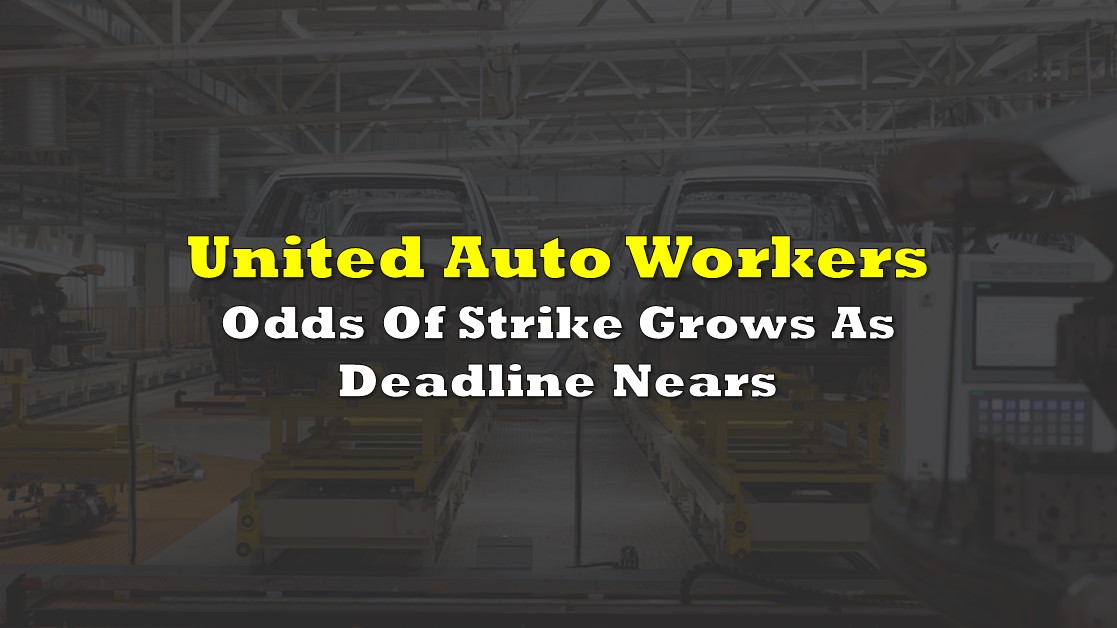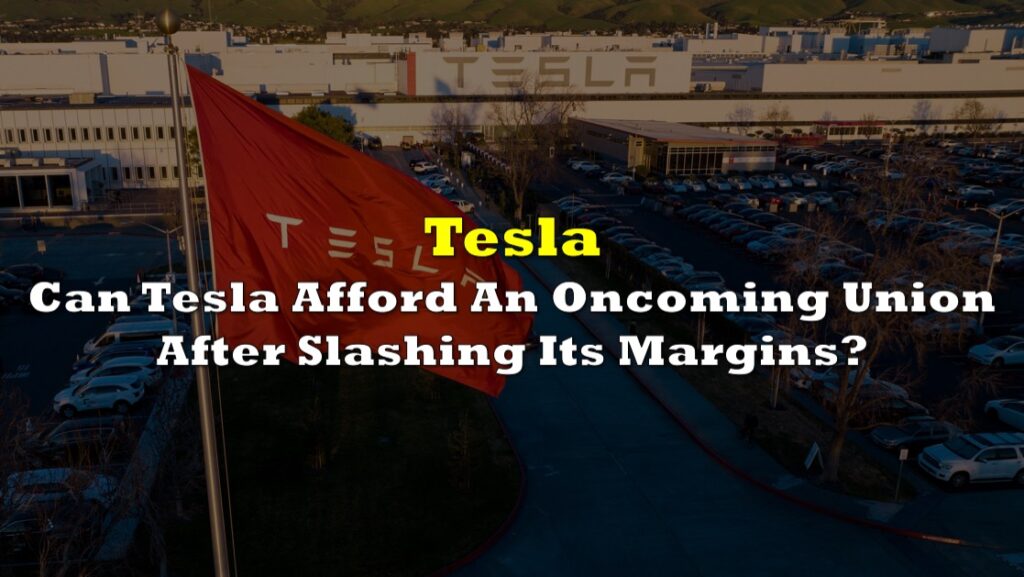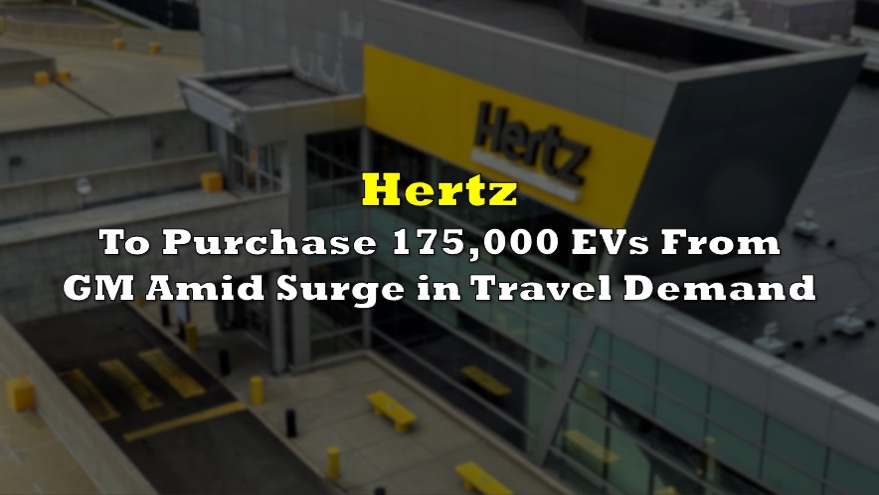The odds of strikes beginning September 14th by the U.S. United Auto Workers (UAW) union against at least one of the Big Three automakers — General Motors Company (NYSE: GM), Stellantis N.V. (NYSE: STLA), and Ford Motor Company (NYSE: F) — and by Canadian Unifor union auto workers beginning September 18th against Ford (Unifor’s designated target), continue to grow. It is unclear if the UAW would target one automaker in a strike or all three; however, targeting all three would deplete the union’s strike funds in less than three months.
United Parcel Service, Inc. (NYSE: UPS) conceding to many of the Teamsters union demands six weeks ago seems to have emboldened UAW President Shawn Fain, a 54-year old electrician. His reported demands for the UAW’s 146,000 workers include a 46% pay raise; a 32-hour work week while being paid for 40 hours; and restoration of traditional pensions. (UAW workers hired after 2007 do not receive defined benefit pensions.)
The UAW’s basic concern is that since electric vehicles (EVs) are generally considered easier to build than internal combustion engine (ICE)-powered cars and have fewer moving parts, eventually fewer assembly workers will be needed.
Please please please let this catch on like wildfire
— Fuck You I Quit (@fuckyouiquit) September 1, 2023
If the @UAW wins this provision of their contract it will start to filter into every other sector of the economy. https://t.co/Ca3L6XX2vJ pic.twitter.com/SyfNjeHi2t
Another factor which may be contributing to the UAW’s willingness to strike is the increased number of strikes by various unions so far in 2023 — 247 strikes involving 341,000 U.S. workers — the most since Cornell University began tracking the statistic in 2021.
For their part, Big Three executives have dismissed the UAW requests as unrealistic at a time when the companies are transitioning, at great cost, to EV manufacturing from ICE-powered cars and are competing with the non-union juggernaut Tesla Inc. (NASDAQ: TSLA) and foreign automakers which pay comparatively low wages.
Top-scale UAW assembly workers currently are paid US$32.32 per hour, and temporary workers receive just below US$17 per hour. However, these statistics do not include profit sharing benefits. Full-time UAW workers last year received such payments ranging from around US$9,700 at Ford to US$14,800 at Stellantis. According to Harry Katz, a labor professor at Cornell, UAW workers receive total compensation, including health and other benefits, equal to about US$60 per hour versus US$40-$45 per hour for employees at U.S. factories owned by foreign automakers.
The UAW is demanding a 40% wage increase for workers. Why?
— Robert Reich (@RBReich) September 7, 2023
That’s exactly how much pay has spiked for the CEOs of Ford, GM, and Stellantis.
When workers demand fair pay, there's an uproar.
But nobody bats an eye when exec pay skyrockets.
The “stretch goal” for UAW workers — and a concern for Big Three executives who want to avoid a strike or limit future wage increases — is the new UPS-Teamsters labor agreement which calls for a US$49 per hour top wage rate for experienced drivers.
Of course, a strike can still be avoided, but if one were to occur, the costs to any targeted automaker could be significant. A 2019 UAW strike against GM which spanned 40 days caused the automaker to lose US$3.6 billion.
Information for this briefing was found via CNN and the sources mentioned. The author has no securities or affiliations related to this organization. Not a recommendation to buy or sell. Always do additional research and consult a professional before purchasing a security. The author holds no licenses.









